An Introduction to
Systematic Theology
JOHN M. FRAME



ix
Part One
Part Two
 number of years ago I began writing a multivolume series of theological studies that examine major biblical topics from the perspective of the lordship of God. Known as theTheology of Lordship, the series comprises two volumes thus far, and two more volumes are either in progress or planned.
number of years ago I began writing a multivolume series of theological studies that examine major biblical topics from the perspective of the lordship of God. Known as theTheology of Lordship, the series comprises two volumes thus far, and two more volumes are either in progress or planned.
People have sometimes asked me if I intended to make the Theology of Lordship series into a complete systematic theology. I have always answered no. My purpose in that series is not to cover all the topics of systematics but to discuss a few of them in depth. Furthermore, although I have taught the doctrines of Scripture, God, and ethics for thirty-five years, I have never taught some of the other loci of systematics at the seminary level, such as the atonement, the ordo salutis, and eschatology. So, I thought I probably was not equipped to write a comprehensive systematic theology.
But in the summer of 2003 Mark Sigmon of the Institute for Theological Studies in Grand Rapids, Michigan, asked if I would tape lectures for a "survey course" in systematics. I have always admired the work of ITS, particularly its ministry to developing churches. Honored to be asked, I delivered those lectures as the in- stitute's course "Foundations of Systematic Theology" in 2004. As a bit of icing on the cake, ITS gave me the right to use that material in any printed form I desired, and P&R Publishing Company quickly expressed interest. Most of the chapters in Salvation Belongs to the Lord are enhanced versions of those taped lectures. I've added notes and several additional topics, such as chapter 24 on ethics ("How Then Shall We Live?").
This book will not be part of the Theology of Lordship series, but readers of those books will find here the same approach: exeget ical, Reformed, and focused on the lordship of God and of Jesus Christ. As in the Lordship books, threefold distinctions abound here, some that you won't find elsewhere.
Parts of this introduction to systematic theology summarize the Lordship books. Chapters 1-3 and 10 and a few portions of other chapters summarize sections of Doctrine of God. Chapters 4-5 anticipate the teaching of my forthcoming Doctrine of the Word of God. Chapter 6 recalls elements of Doctrine of the Knowledge of God. Chapter 24 summarizes Doctrine of the Christian Life, which I'm currently writing. And chapter 25 lists a catalog of lordship triads from all the loci in the manner of the Lordship volumes.
Nevertheless, Salvation Belongs to the Lord is not directed primarily to readers of the Lordship series but to beginners in theology, people who are seeking a basic introduction. For them I have tried to adopt a more conversational tone (at times, indeed, it may sound just like a voice on a tape!). I have also tried especially hard to explain my technical terms. I do hope that this approach will give such readers the basic lay of the land in the theology of the Bible, and I pray that it will leave them eager for more.
If you are new to reading theology, let me address you now. Survey courses and books have the reputation of being easy and/or superficial, but I consider this work to be college or seminary level in difficulty. I intend to challenge you to think hard about these matters and to learn some technical terms, to ask some tough questions, and to dig deeply into the Word of God. Since Salvation Belongs to the Lord is a survey, we will be focusing on the big picture rather than the details. But understanding the big picture takes some intellectual and spiritual discipline-at least as much as it takes to understand the details.
By focusing on the big picture you can sometimes learn important things that you might pass over in a more detailed study. Here I intend to emphasize the general shape of the biblical teaching and to give you some basic categories, some hooks on which you can hang the various things you learn. One of these hooks is a system of threes, the aforementioned lordship triads, which runs through the whole book. This system is mainly a pedagogical device, but I hope it will show you some important ways in which everything in the Bible is tied together. As you will see, the Bible is not a miscellaneous collection of ideas but a coherent, consistent system of truth in which the major doctrines depend on one another.
I wish to thank Mark Sigmon and the ITS Board for giving me the opportunity to work on this important project. Thanks also to DarrellYoder and other members of the wonderful ITS staff who assisted me in so many ways. I am grateful again, as so many times before, to P&R Publishing for understanding and appreciating my work. Thanks especially to Ted Ojarovsky for editing this volume.
 n this book I will introduce you to the discipline of systematic theology. I'll discuss the nature of systematic theology itself in chapter 6. But I think we need to do some systematic theology together before we try to define it. Just for now, however, let me say that theology is the human attempt to apply the Bible to people's questions and, indeed, to all human needs.
n this book I will introduce you to the discipline of systematic theology. I'll discuss the nature of systematic theology itself in chapter 6. But I think we need to do some systematic theology together before we try to define it. Just for now, however, let me say that theology is the human attempt to apply the Bible to people's questions and, indeed, to all human needs.

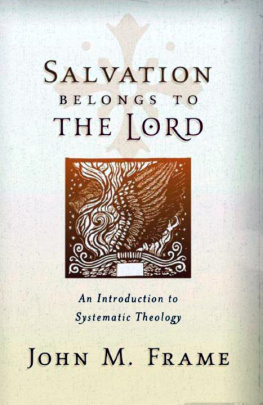
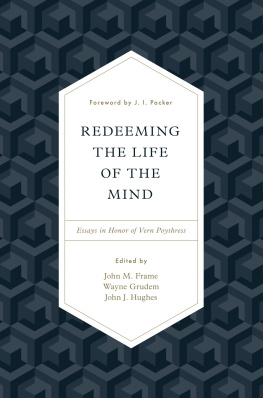
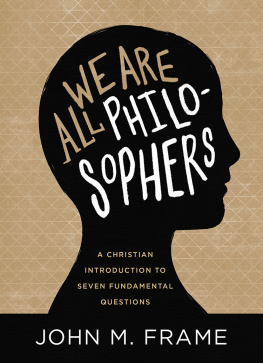
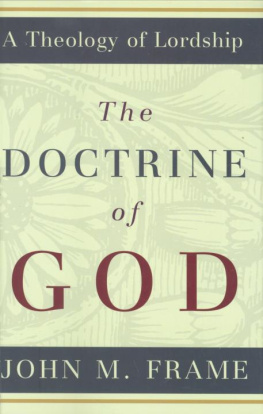
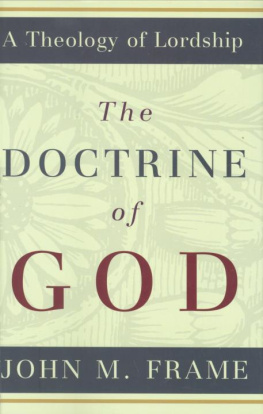
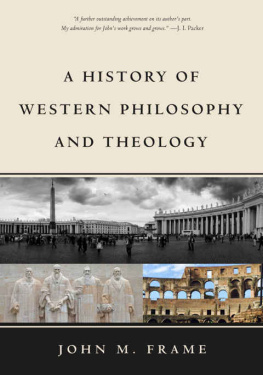
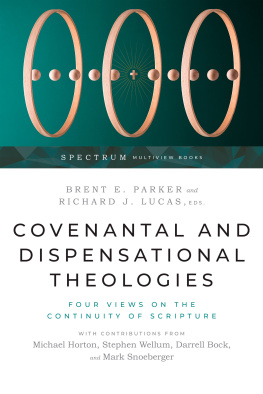
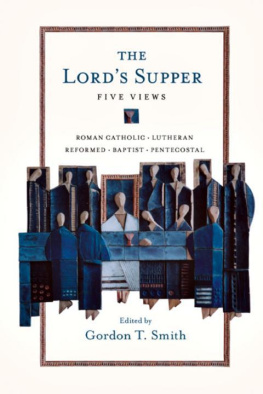
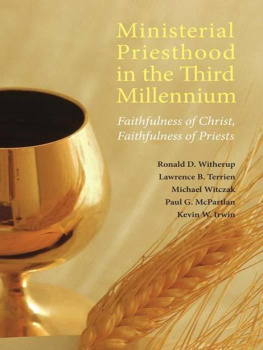

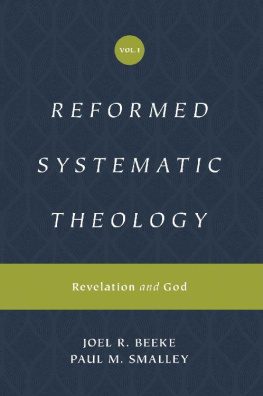
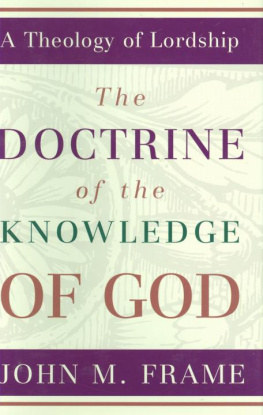
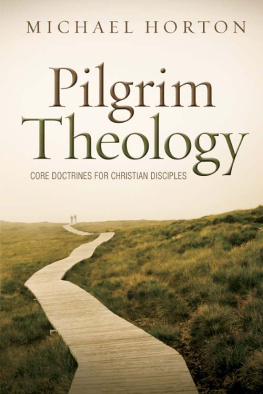
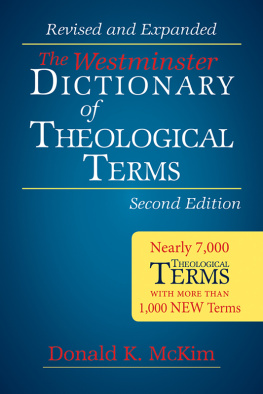







 number of years ago I began writing a multivolume series of theological studies that examine major biblical topics from the perspective of the lordship of God. Known as theTheology of Lordship, the series comprises two volumes thus far, and two more volumes are either in progress or planned.
number of years ago I began writing a multivolume series of theological studies that examine major biblical topics from the perspective of the lordship of God. Known as theTheology of Lordship, the series comprises two volumes thus far, and two more volumes are either in progress or planned.

 n this book I will introduce you to the discipline of systematic theology. I'll discuss the nature of systematic theology itself in chapter 6. But I think we need to do some systematic theology together before we try to define it. Just for now, however, let me say that theology is the human attempt to apply the Bible to people's questions and, indeed, to all human needs.
n this book I will introduce you to the discipline of systematic theology. I'll discuss the nature of systematic theology itself in chapter 6. But I think we need to do some systematic theology together before we try to define it. Just for now, however, let me say that theology is the human attempt to apply the Bible to people's questions and, indeed, to all human needs.